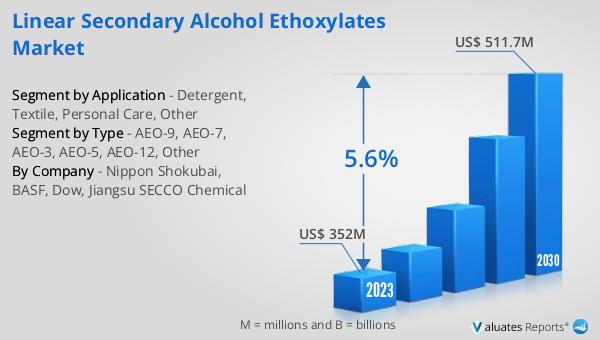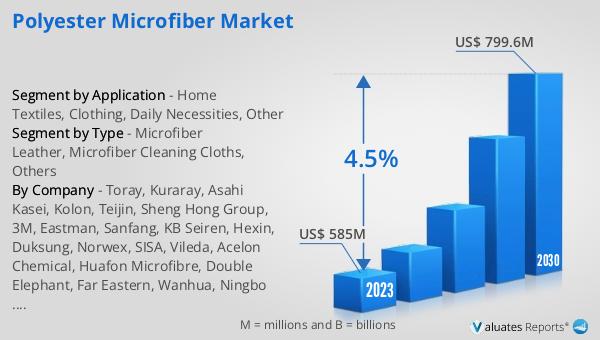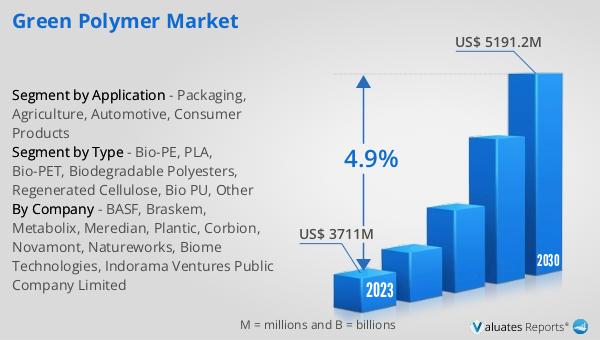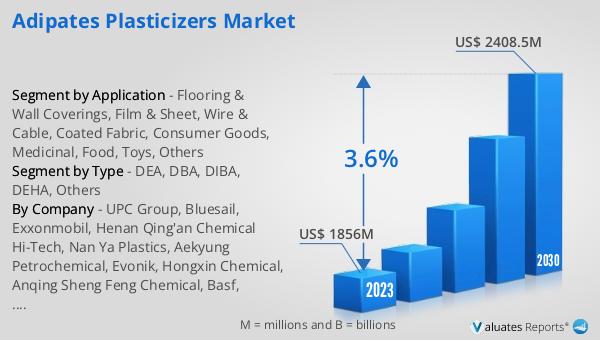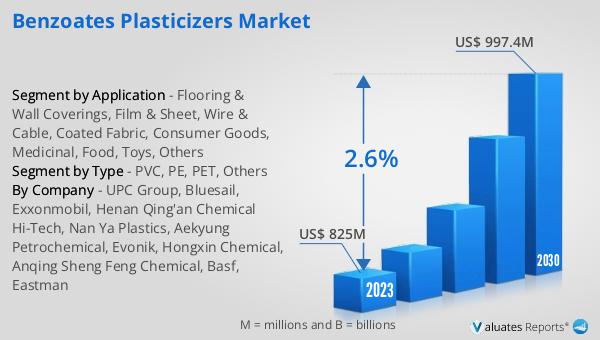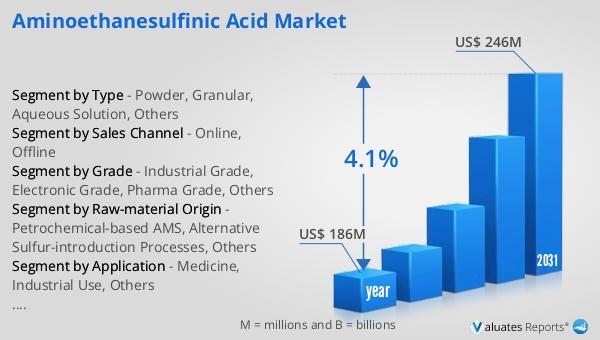What is Global Fluoropolymer Membranes Market?
The Global Fluoropolymer Membranes Market refers to the worldwide industry focused on the production, distribution, and application of fluoropolymer membranes. These membranes are specialized materials known for their exceptional chemical resistance, thermal stability, and non-stick properties. They are used in a variety of industries, including industrial filtration, electronics, medical, textiles, and automotive, due to their ability to withstand harsh environments and aggressive chemicals. The market encompasses various types of fluoropolymer membranes, such as PVDF (Polyvinylidene Fluoride), ETFE (Ethylene Tetrafluoroethylene), PFA (Perfluoroalkoxy Alkane), FEP (Fluorinated Ethylene Propylene), and PTFE (Polytetrafluoroethylene). Each type of membrane offers unique properties that make them suitable for specific applications. The global demand for these membranes is driven by their superior performance characteristics and the growing need for advanced materials in various high-tech and industrial applications. The market is characterized by continuous innovation and development to meet the evolving needs of different sectors.
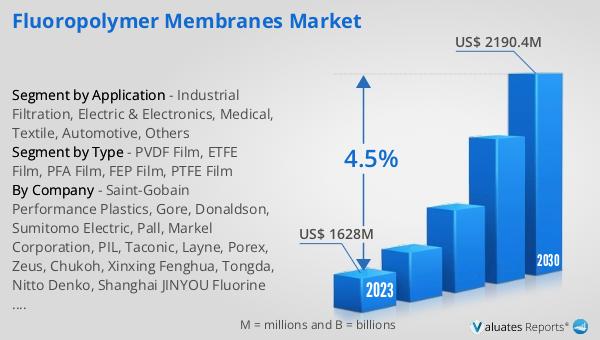
PVDF Film, ETFE Film, PFA Film, FEP Film, PTFE Film in the Global Fluoropolymer Membranes Market:
PVDF Film, ETFE Film, PFA Film, FEP Film, and PTFE Film are all types of fluoropolymer membranes that play a crucial role in the Global Fluoropolymer Membranes Market. PVDF Film, or Polyvinylidene Fluoride Film, is known for its high purity, chemical resistance, and mechanical strength. It is widely used in applications requiring high performance and durability, such as in the chemical processing industry and water treatment plants. ETFE Film, or Ethylene Tetrafluoroethylene Film, is valued for its excellent transparency, high tensile strength, and resistance to UV radiation. This makes it ideal for architectural applications, such as roofing and facades, as well as in the aerospace industry. PFA Film, or Perfluoroalkoxy Alkane Film, offers exceptional chemical resistance and can withstand high temperatures, making it suitable for use in harsh chemical environments and semiconductor manufacturing. FEP Film, or Fluorinated Ethylene Propylene Film, combines the properties of PTFE with improved flexibility and clarity. It is often used in the production of flexible printed circuits, medical devices, and as a release film in composite molding processes. PTFE Film, or Polytetrafluoroethylene Film, is renowned for its non-stick properties, high thermal stability, and resistance to almost all chemicals. It is commonly used in applications such as gaskets, seals, and linings in the chemical and food processing industries. Each of these films brings unique advantages to the table, making them indispensable in various high-tech and industrial applications. The continuous development and innovation in these materials are driven by the need to meet the stringent requirements of different industries, ensuring their relevance and demand in the global market.
Industrial Filtration, Electric & Electronics, Medical, Textile, Automotive, Others in the Global Fluoropolymer Membranes Market:
The usage of Global Fluoropolymer Membranes Market spans across several key areas, including Industrial Filtration, Electric & Electronics, Medical, Textile, Automotive, and others. In Industrial Filtration, fluoropolymer membranes are used for their excellent chemical resistance and durability, making them ideal for filtering aggressive chemicals and high-temperature fluids. They are commonly used in chemical processing plants, water treatment facilities, and the oil and gas industry. In the Electric & Electronics sector, these membranes are utilized for their high dielectric strength and thermal stability. They are used in the manufacturing of flexible printed circuits, cable insulation, and as protective layers in electronic devices. The Medical industry benefits from fluoropolymer membranes due to their biocompatibility and resistance to sterilization processes. They are used in medical devices, surgical instruments, and as barriers in drug delivery systems. In the Textile industry, fluoropolymer membranes are applied to create high-performance fabrics that are resistant to chemicals, UV radiation, and extreme temperatures. These fabrics are used in protective clothing, outdoor gear, and industrial textiles. The Automotive sector uses fluoropolymer membranes for their ability to withstand harsh environments and high temperatures. They are used in fuel systems, gaskets, seals, and as protective coatings for various automotive components. Other applications of fluoropolymer membranes include their use in the aerospace industry, where they are valued for their lightweight and high-performance characteristics, and in the construction industry, where they are used in roofing and facade materials. The versatility and superior properties of fluoropolymer membranes make them essential in a wide range of applications, driving their demand in the global market.
Global Fluoropolymer Membranes Market Outlook:
The global Fluoropolymer Membranes market was valued at US$ 1628 million in 2023 and is anticipated to reach US$ 2190.4 million by 2030, witnessing a CAGR of 4.5% during the forecast period 2024-2030. This market growth is driven by the increasing demand for high-performance materials in various industries, including industrial filtration, electronics, medical, textiles, and automotive. The unique properties of fluoropolymer membranes, such as their chemical resistance, thermal stability, and non-stick characteristics, make them indispensable in applications that require durability and reliability. The continuous innovation and development in fluoropolymer membrane technology are also contributing to the market's expansion, as manufacturers strive to meet the evolving needs of different sectors. The growing awareness of the benefits of fluoropolymer membranes and their ability to enhance the performance and longevity of products is further fueling their adoption across various industries. As a result, the global Fluoropolymer Membranes market is expected to continue its upward trajectory, driven by the increasing demand for advanced materials and the ongoing advancements in membrane technology.
| Report Metric | Details |
| Report Name | Fluoropolymer Membranes Market |
| Accounted market size in 2023 | US$ 1628 million |
| Forecasted market size in 2030 | US$ 2190.4 million |
| CAGR | 4.5% |
| Base Year | 2023 |
| Forecasted years | 2024 - 2030 |
| Segment by Type |
|
| Segment by Application |
|
| Production by Region |
|
| Consumption by Region |
|
| By Company | Saint-Gobain Performance Plastics, Gore, Donaldson, Sumitomo Electric, Pall, Markel Corporation, PIL, Taconic, Layne, Porex, Zeus, Chukoh, Xinxing Fenghua, Tongda, Nitto Denko, Shanghai JINYOU Fluorine Materials, Ningbo Dengyue New Material Technology, Ningbo Changqi Porous Membrane Technology, MicroVENT, Dongyang Jinlong Filter, Zhejiang Jiari Fluoroplastic |
| Forecast units | USD million in value |
| Report coverage | Revenue and volume forecast, company share, competitive landscape, growth factors and trends |
